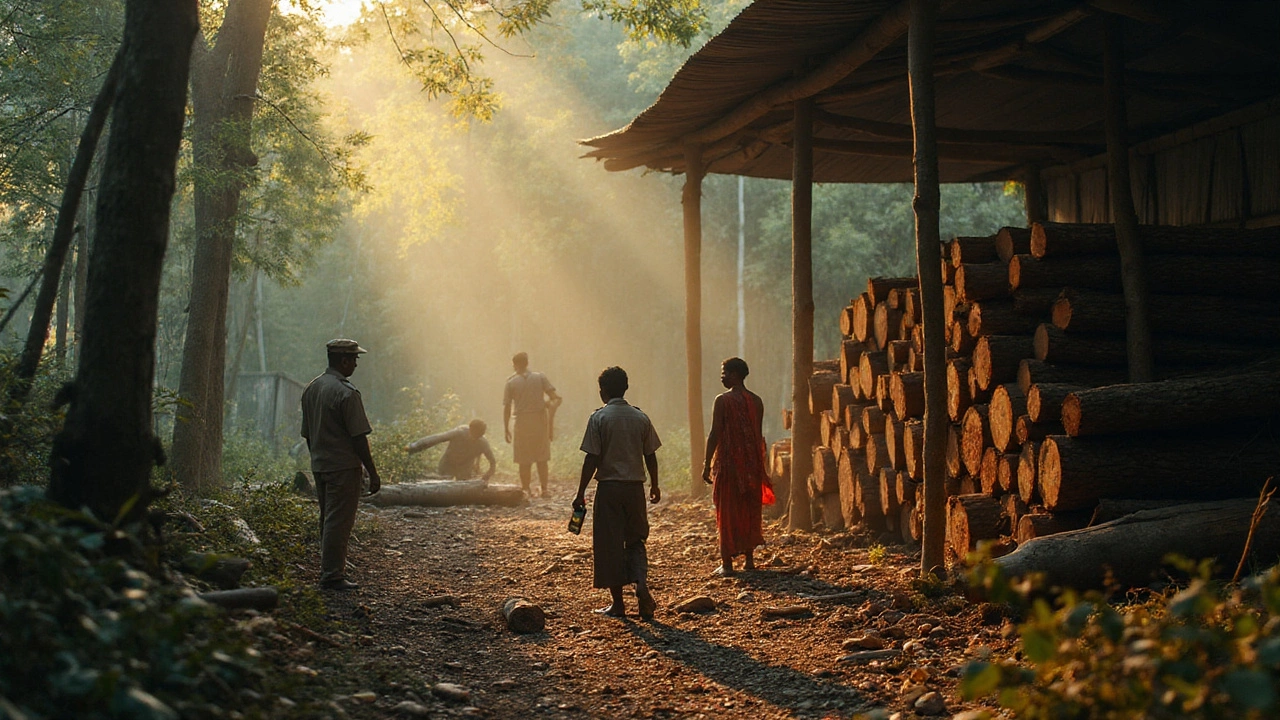Biomass Energy: What It Is, How It Works, and Why India Is Using It
When we talk about biomass energy, energy produced from organic materials like crop waste, wood, and animal manure. Also known as bioenergy, it’s one of the oldest and most practical ways to turn what we throw away into something useful. Unlike solar or wind, biomass doesn’t need sunshine or wind—it just needs stuff that once grew. In India, where agriculture covers half the land and millions of farms generate tons of leftover stalks, husks, and leaves, this isn’t just theory. It’s happening in villages, factories, and even city waste plants.
Biomass energy relates directly to biofuel, liquid or gaseous fuels made from biological sources like sugarcane waste or jatropha oil, which powers buses in some states and runs small generators in rural areas. It’s also tied to biotechnology, the science of using living organisms to create products, like enzymes that break down plant matter faster for better energy output. These aren’t futuristic ideas—they’re tools used right now in places like Punjab and Maharashtra to turn rice straw into electricity instead of letting it burn in fields. And because biomass uses waste, it cuts pollution, reduces landfill use, and gives farmers extra income. No new mines. No drilling. Just what’s already on the ground.
What you’ll find in the posts below are real stories of how biomass fits into India’s bigger energy shift. You’ll see how it stacks up against solar and wind, how it’s being scaled in small towns, and why some projects succeed while others fail. You’ll also learn how biotechnology is making biomass more efficient—and how public health programs are using it to clean up air in villages. This isn’t about hype. It’s about what’s working, who’s using it, and why it matters right now.




